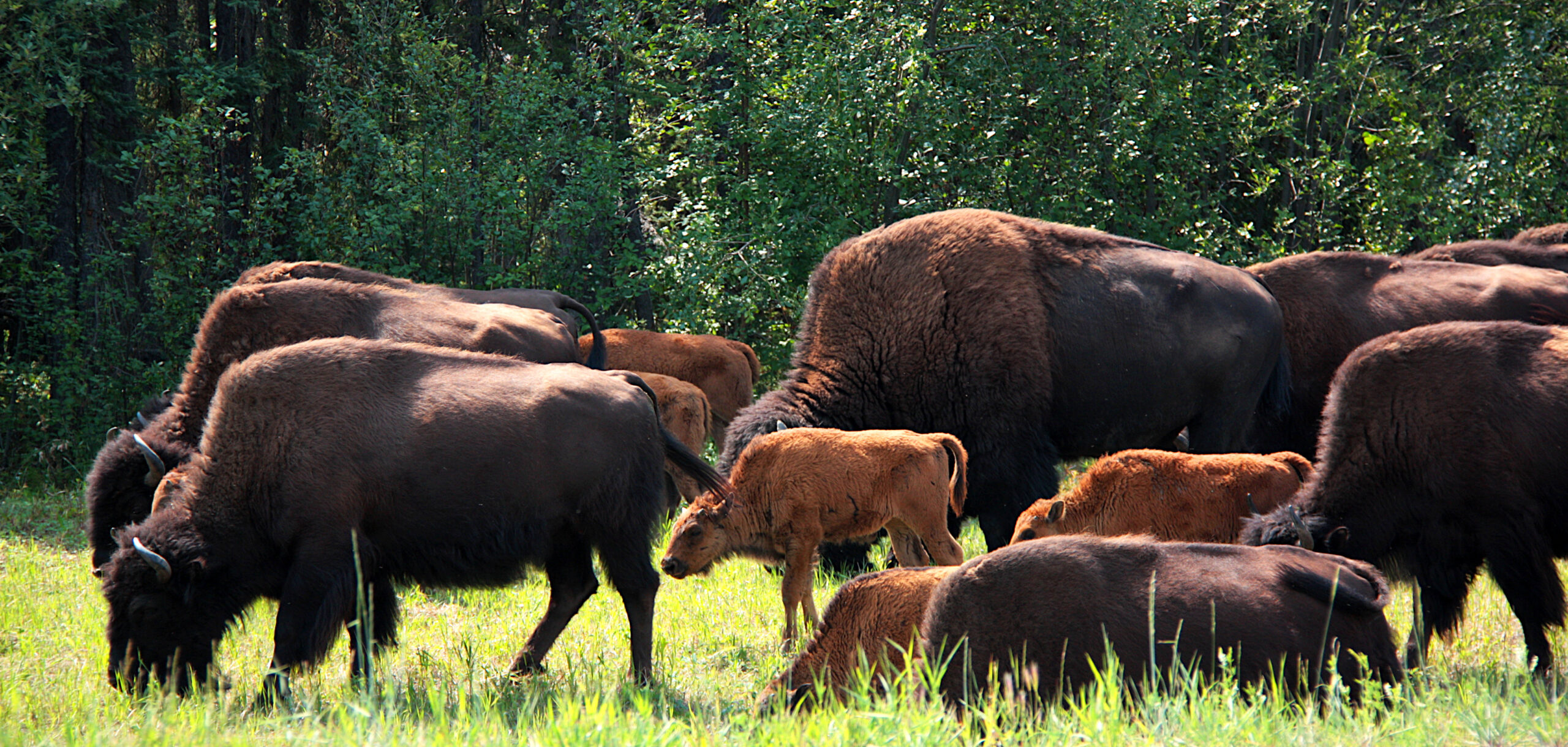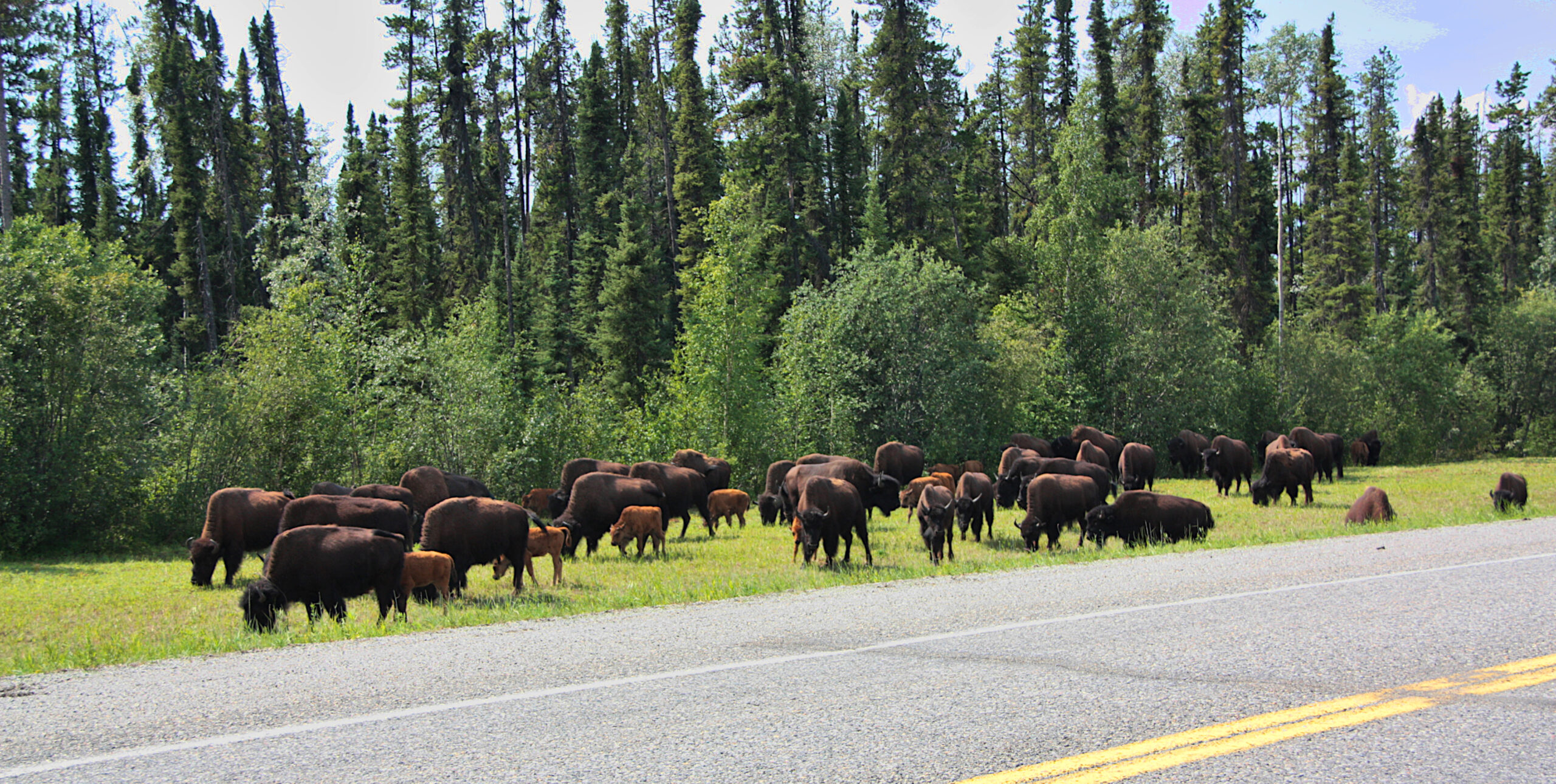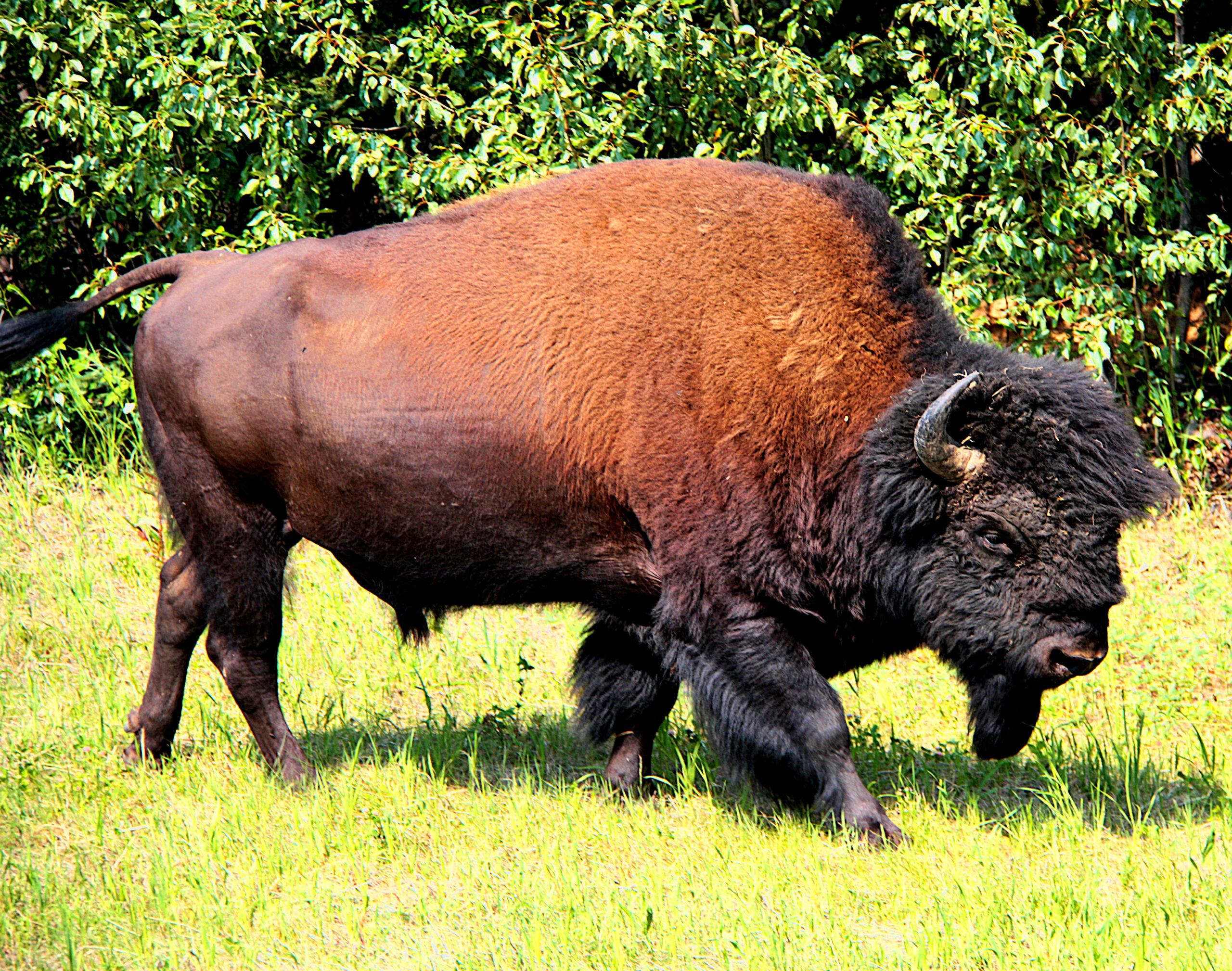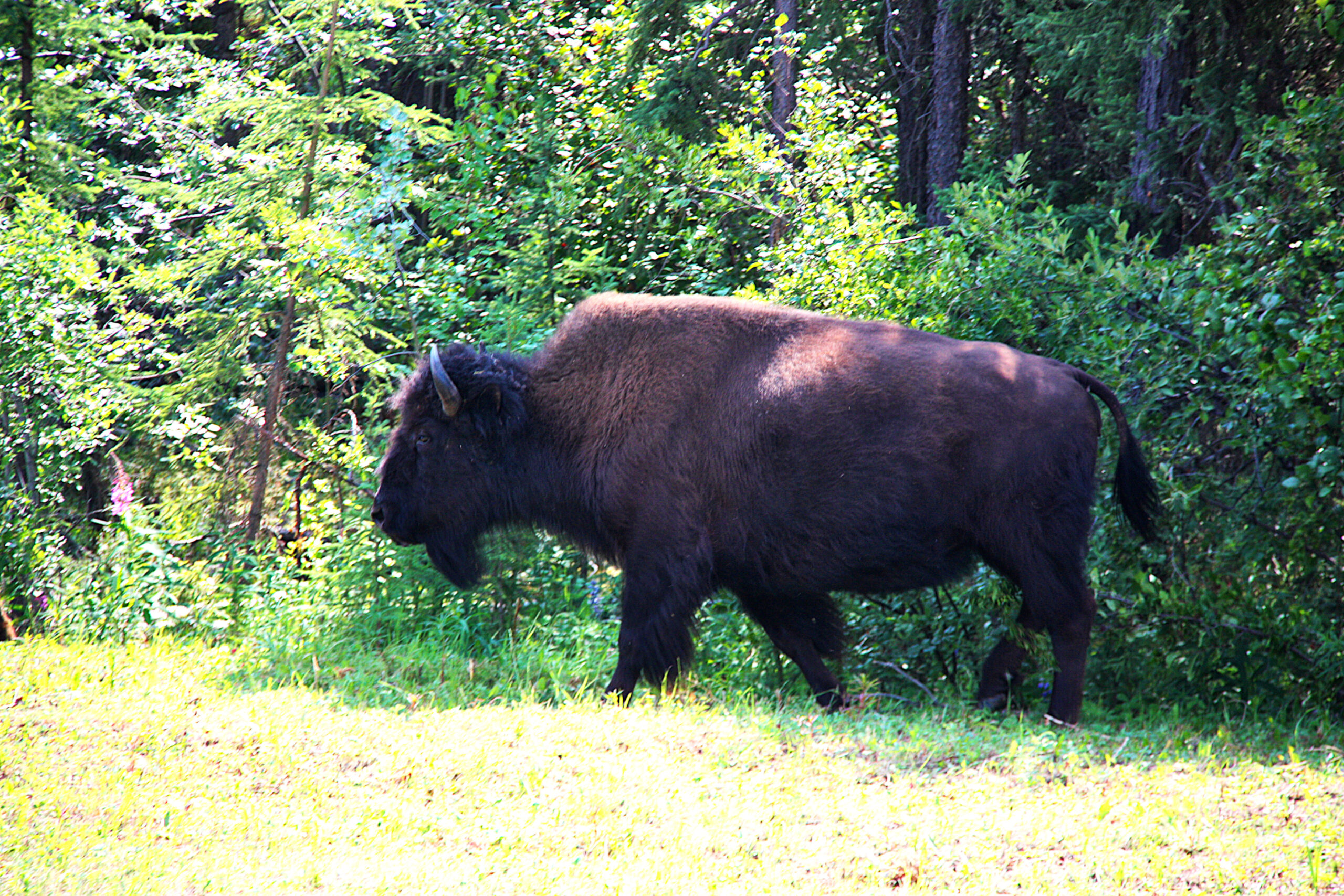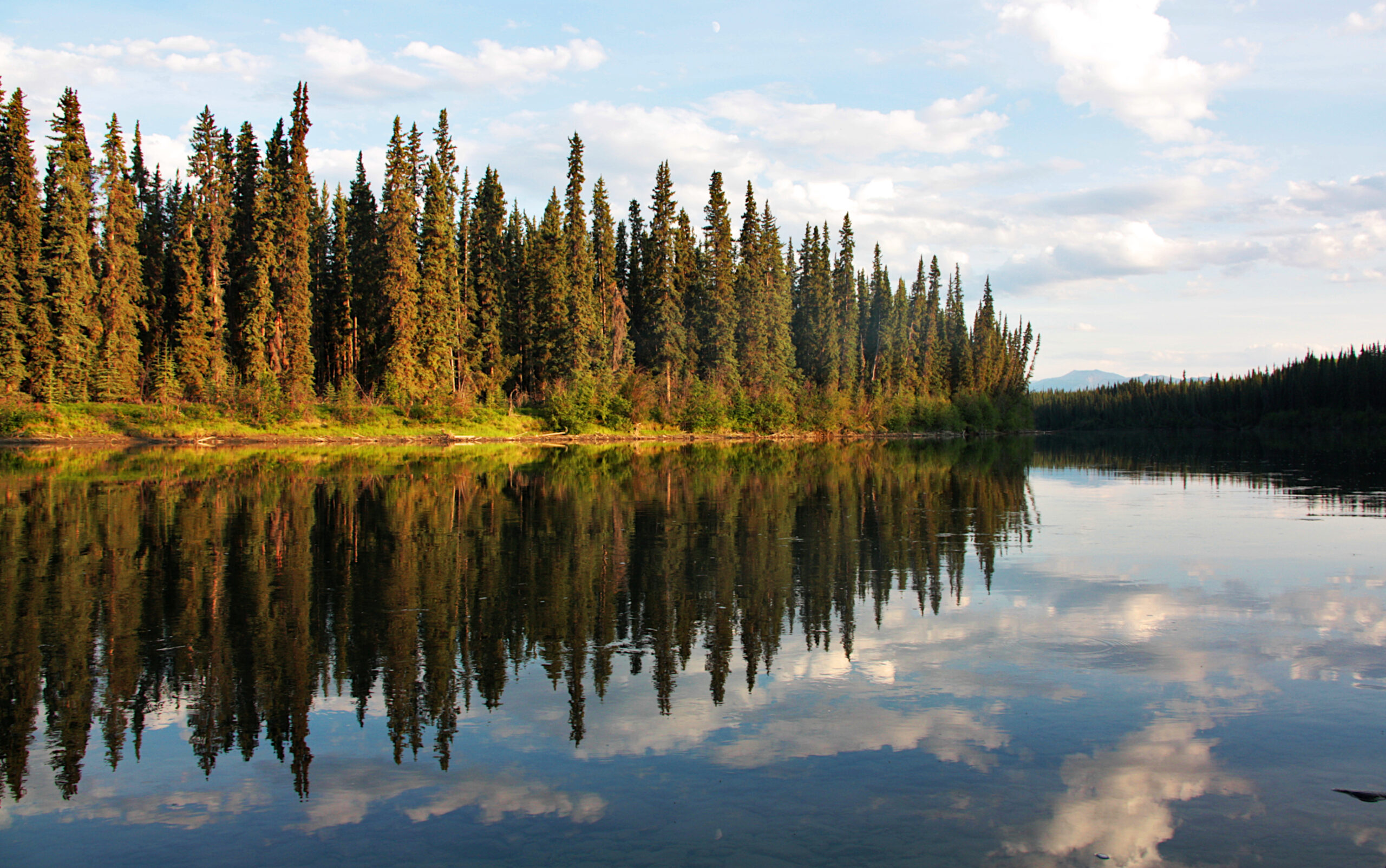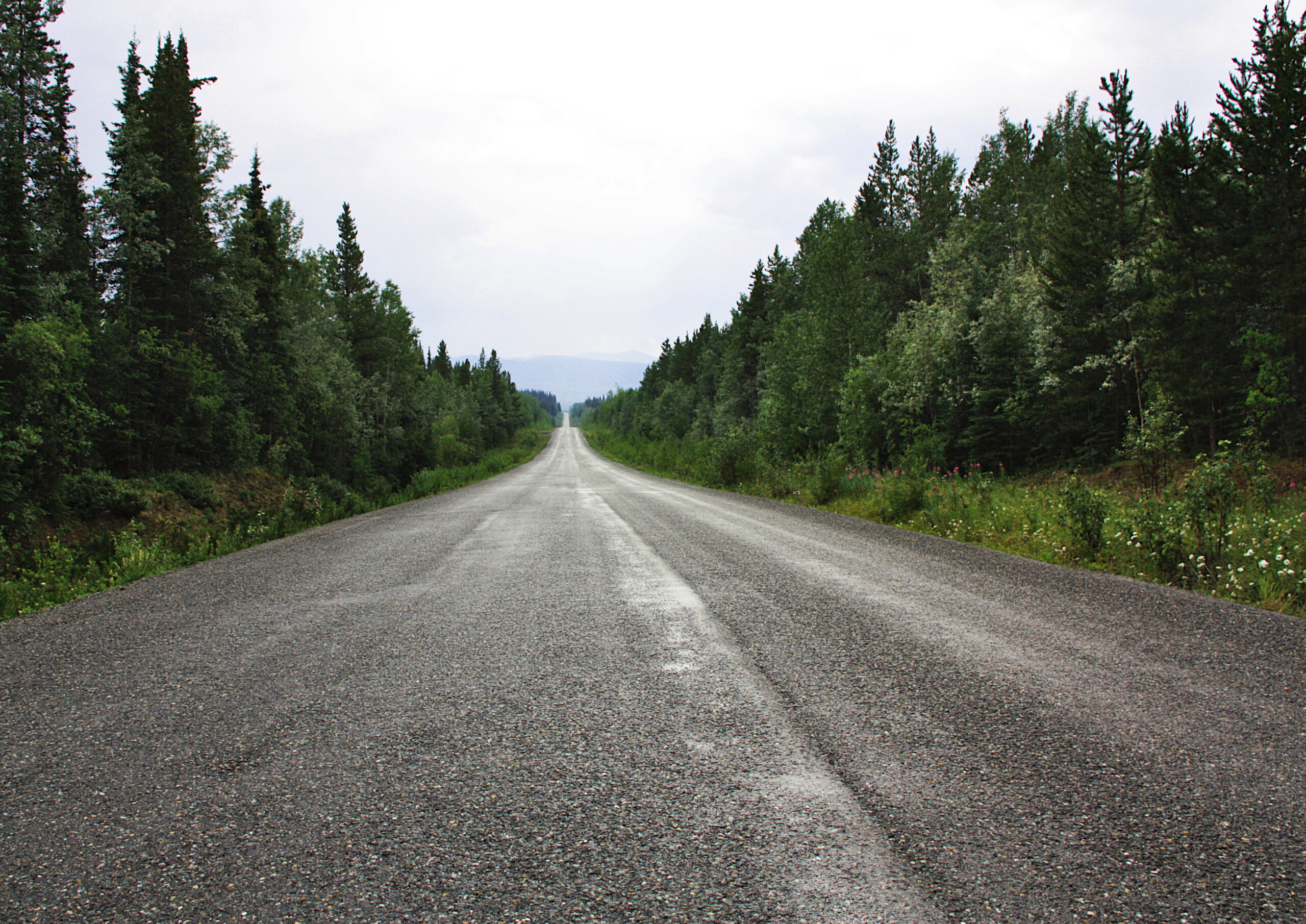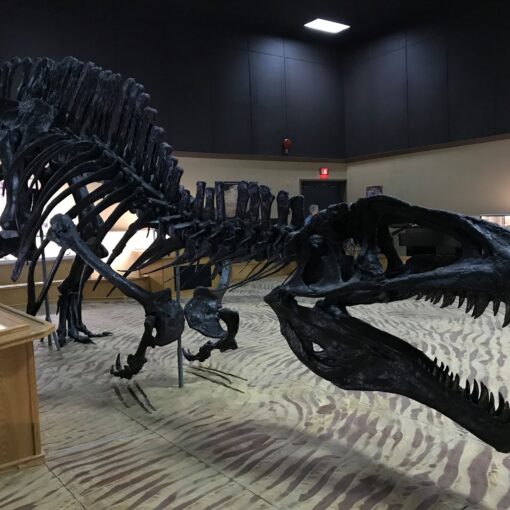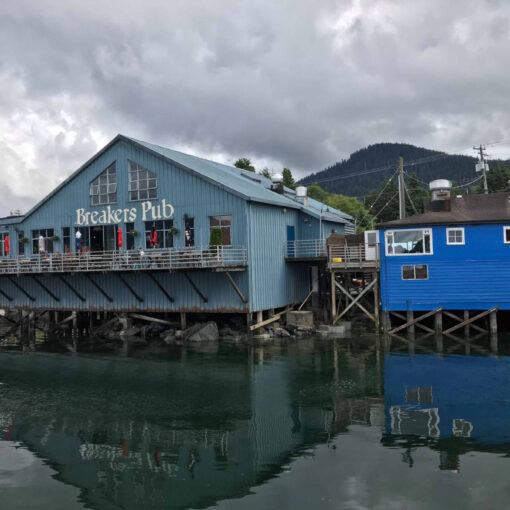Watson Lake, Yukon, Canada
July 09, 2019
After a nice relaxing day away from driving spent at Liard hot springs we pushed on North again towards the Yukon. We knew we didn’t have enough time to go into the Yukon properly but the route we had planned looped briefly into the Yukon and then South West back into BC on highway 37.
We had seen a notice at the tourist centre back in Fort Nelson a few days ago advising to take care around the 750 Km point of the Alaska highway due to Bison on or around the highway at that point. Since leaving Liard as well there were also several road signs advising of caution for this as well. When we decided to drive this route it was one of the things I looked forward to the most, I really hoped we may get to see some.

Bison were almost hunted to extinction just a century ago. Prior to around 1800 they roamed the North American continent in their millions. Around 600 million, a staggering amount. Just a hundred years later at the turn of the 20th Century that number was just 541. Bison were a spiritual animal to the native Americans as well as being a huge part of their livelihood for meat and fur. But when the European explorers arrived in huge numbers they saw an opportunity to make money from their hides and hunted them in alarming numbers to the verge of extinction. Thankfully since that low point of just 541 a recovery and breeding program started in 1905 has seen their numbers recover to approximately 400,000. That’s still less than 1% of the original population but it shows what can be done if you give nature some time. Things can recover surprisingly quickly.

As we rounded a bend close to the Yukon border I could see large blobs at the side of the highway ahead. Sure enough it was a small herd of Bison munching it’s way down the wide grass verge like a vegetation vacuum cleaner. What a sight it was. I would estimate that there were around 50 Bison in this herd, ranging from huge powerful adults to young calf’s just 1 to 2 months old. Dominant male Bison look after a harem of females and guard them closely during mating season in the Autumn. We sat in the van and watched the herd slowly grazing it’s way down the opposite verge. these beasts are like massive lawn mowers, you can hear the noise from their grazing like a pulsating machine. As they made their way past we noticed a large male all on it’s own a bit further back on the opposite side of the road to the herd. We have since learnt at the Watson Lake visitor centre that this is a male who is looking to overpower the herd and take the females from the current dominant male. This was nature at it’s finest and we feel very lucky to have been able to see these magnificent beasts in their natural habitat, allowed to roam free over the Northern plains.

After the Bison had slowly grazed their way past us we drove the last small stretch of road North to Watson Lake and entered the Yukon. When I say we dipped a toe into the Yukon it was just that. We were over the province border for all of about 3 hours. We would have loved to continue further North through the Yukon and up into either the North West territories or even Alaska but as I’ve mentioned before money wasn’t on our side. We could have covered a lot more distance during our Canada adventure so far but I wouldn’t change anything about how the trip has played out. If we hadn’t taken our time and spent longer in some of the smaller places during the first two months we wouldn’t have had the same experience. It’s all well and good doing as much as you can but it’s a lot harder to really appreciate both the people and the places when you only stop for an hour or two before moving on to the next place. This last month we are determined to get round this loop and take in as much as we can hence the pace picking up a little.

Watson lake is a small town not far over the Yukon border. Remember how I said that most of the small towns we have visited all have their own quirky unique tourist carrot to dangle? Well Watson lake is no different. Watson lake boasts the “Signpost forest”. The signpost forest dates back to 1942 when the Alaska highway was constructed. What is now a town was once just a US Airforce base and nothing more. An Army Engineer by the name of Carl Lindley was injured and taken to the aid station at the airbase. While he was there and recovering his commanding officer instructed him to repair the usual that was at the base. These signposts were originally used for basic directions and mileage to nearby communities and other parts of the world,you the type, the one that they have in M*A*S*H. While homesick Carl was repairing and repainting the signs he decided to put a sign up for his home town to help him get through his time there. Since Carl’s first sign it then became custom for many of the military personal at that base to post up their home town and so the number of signs grew.
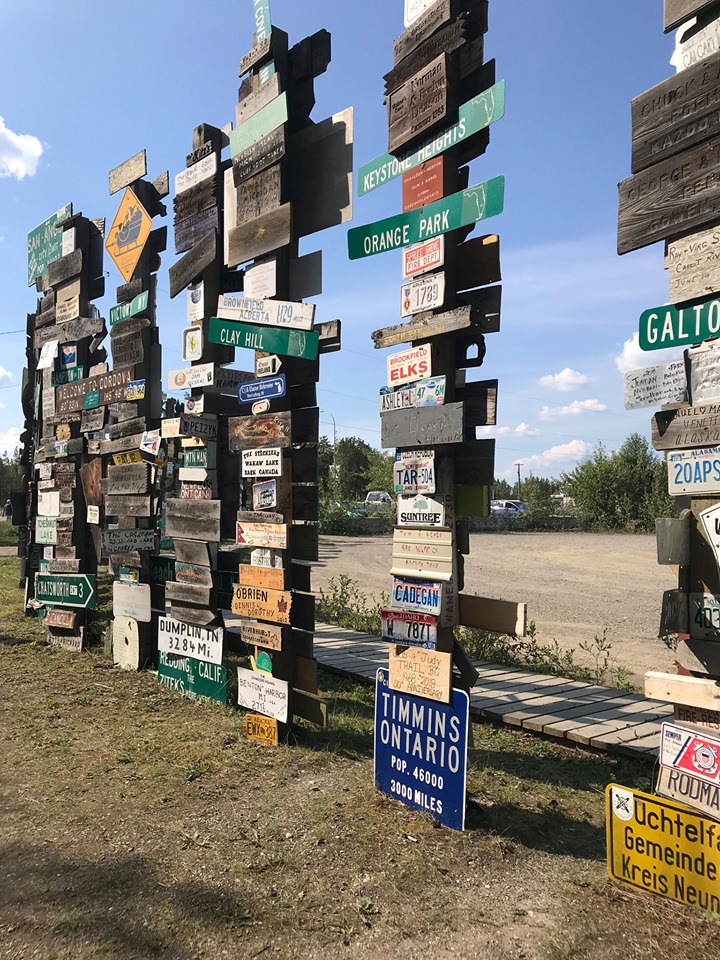
To this day visitors have continued this tradition and the forest, as it has now become, boasts over 80,000 signs! It’s absolutely crackers. Very cool, but crackers. There are road signs from literally all over the world here. Not just little signs either. Putting up your home town is now very popular with travelers and some of these signs are huge full sized metal road signs. Signs from Germany and Holland that are about a meter in length of thick metal nailed up on posts. How the hell did these people bring these things here? That’s got to be a canny excess baggage cost to bring a huge metal sign with you, but people apparently do.

We liked the “Signpost Forest” it was our kind of quirky attraction. Most of the signs were road signs but a few were hand made. You would find sections at times where a couple or family had crafted some beautiful sign about themselves and where they were from only to return 10 or 20 years later to add to that sign. The place certainly had a lot of character. After a few hours of checking out Watson Lake we grabbed some beers from the liquor store and cracked on again in Buddy, this time turning off the Alaska highway and South down highway 37.

Highway 37 is the most westerly road in BC linking the North to the South. It’s a lot less popular than the Alaskan highway and in turn the road is a lot more basic. From the moment we turned off the Alaska this was easy to see. There was hardly anybody else using this road. You could drive an hour two and maybe only pass one other person, it certainly felt remote and peaceful yet adventurous at the same time. After a few more hours driving and hardly a soul in sight we spotted a free BC parks camp site and turned off the road. We thought there was nobody else at the site until we reached the lake shore and then we spotted a couple with two bikes and tent cooking their food. We popped over for a chat but they were French and spoke hardly any English, my French goes as far as counting to about 5, saying hello and asking for a banana so this was never going to be a long conversation.

This French couple must have been well into their 60’s, maybe even 70 and the only communication I could understand was that they were riding South and had started in Anchorage, Alaska. Anchorage! Anchorage was about 1,300 miles to the West of where we were and here were two French pensioners, fit as lops cycling their merry little way South. It wouldn’t have surprised me if they were riding all the way to South America, this couple were a true inspiration to see. Two bikes and some panniers to carry all they needed to live on the road. I love it when we meet people like this when traveling. It is so motivational to see and a real driver to keep you pushing to experience as much as you possibly can.

